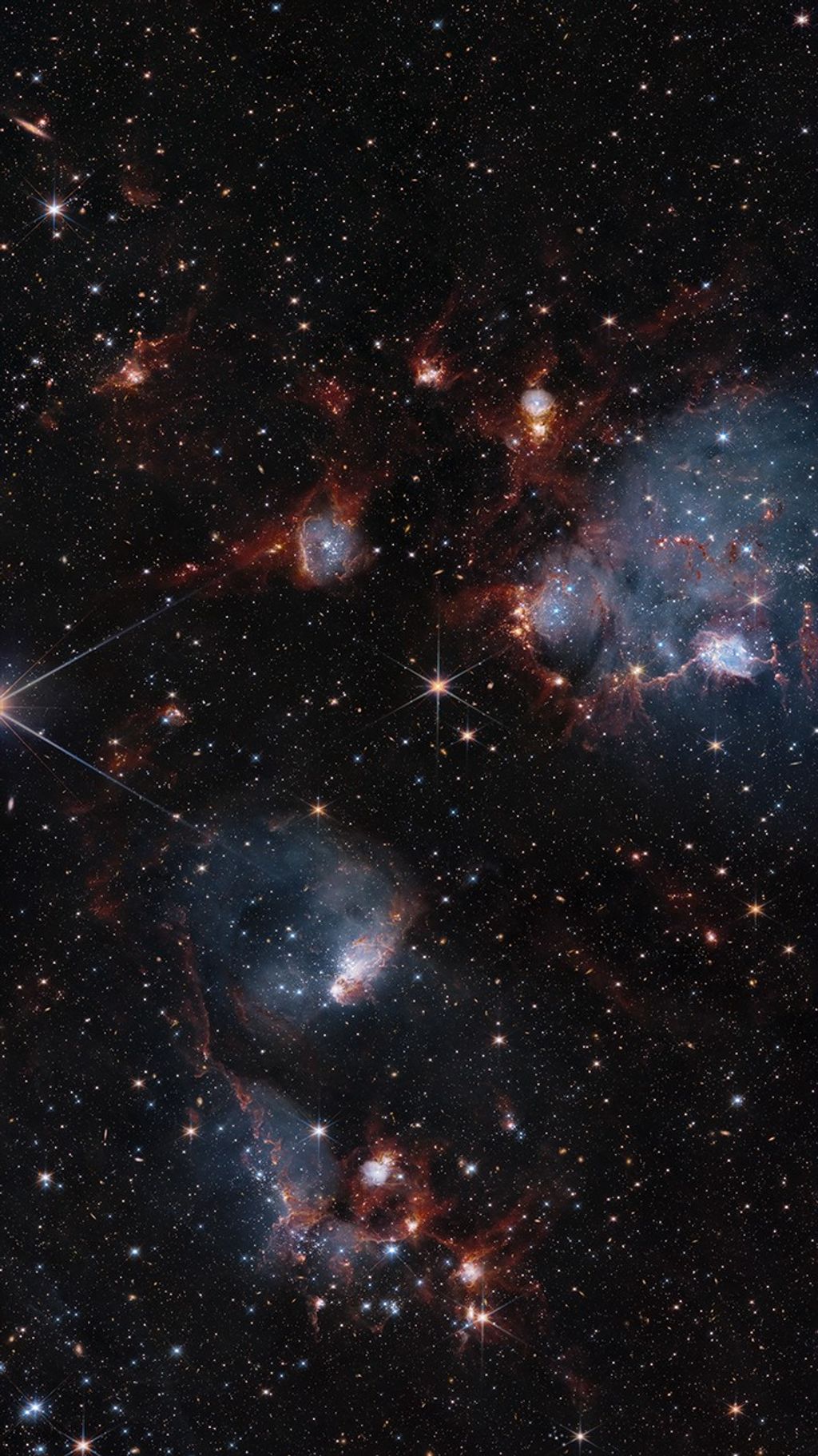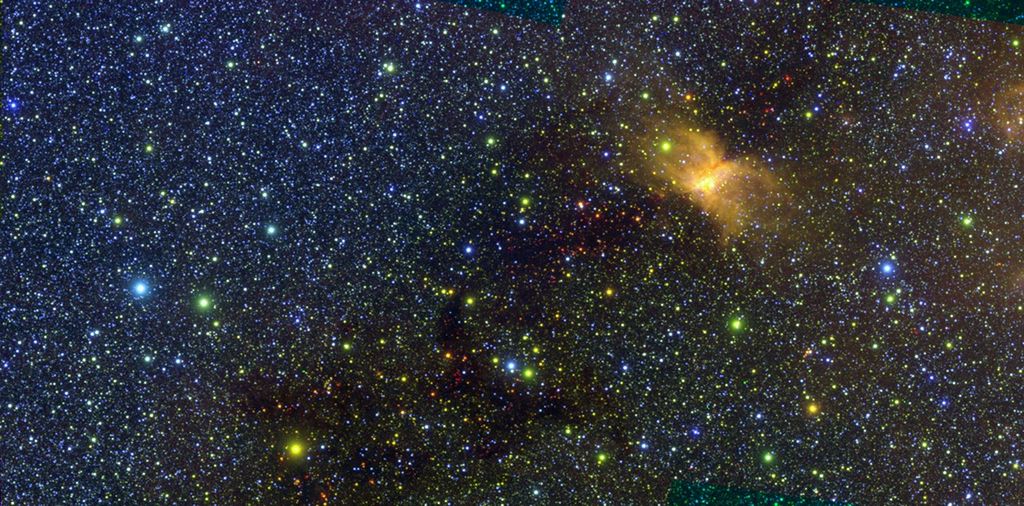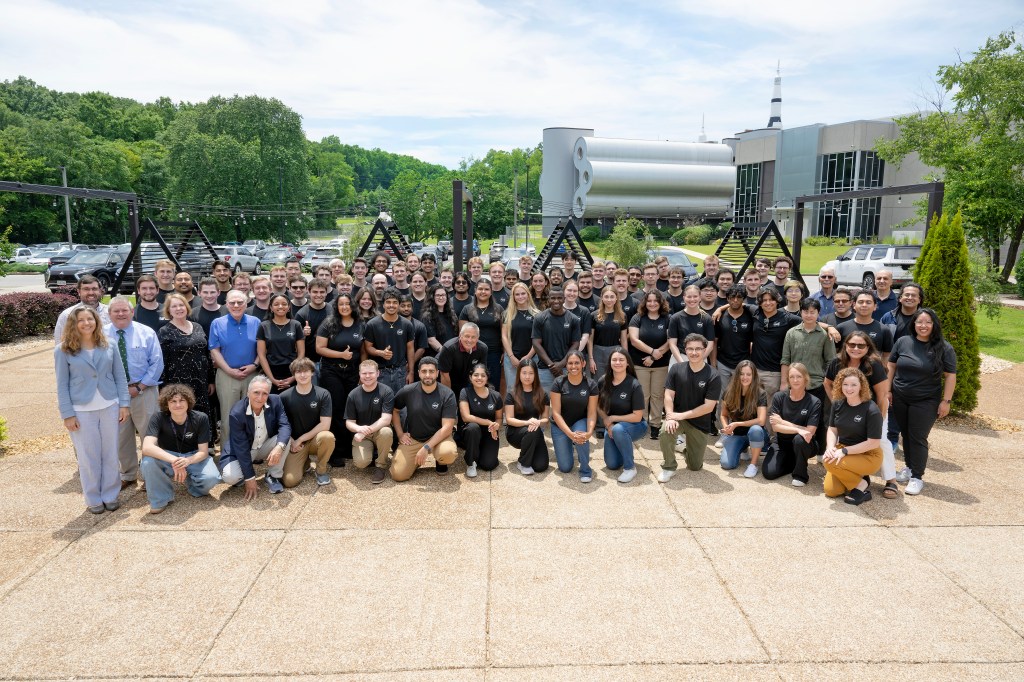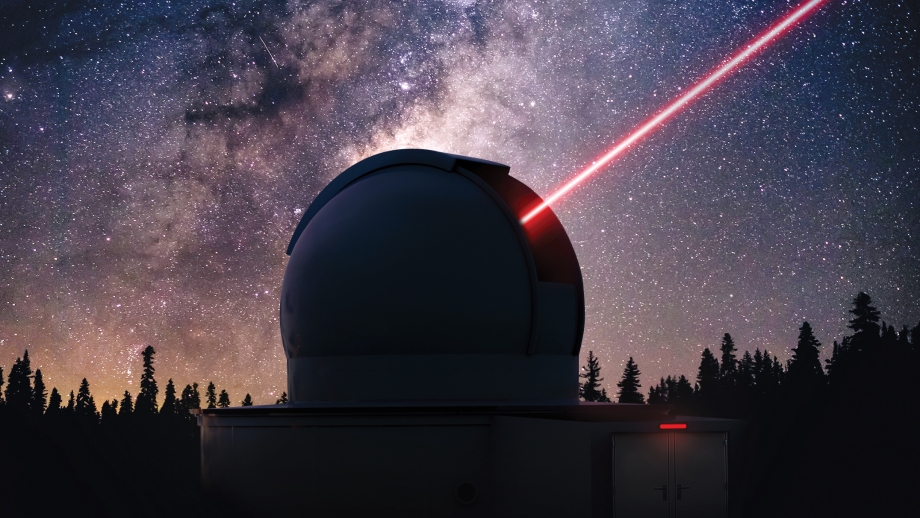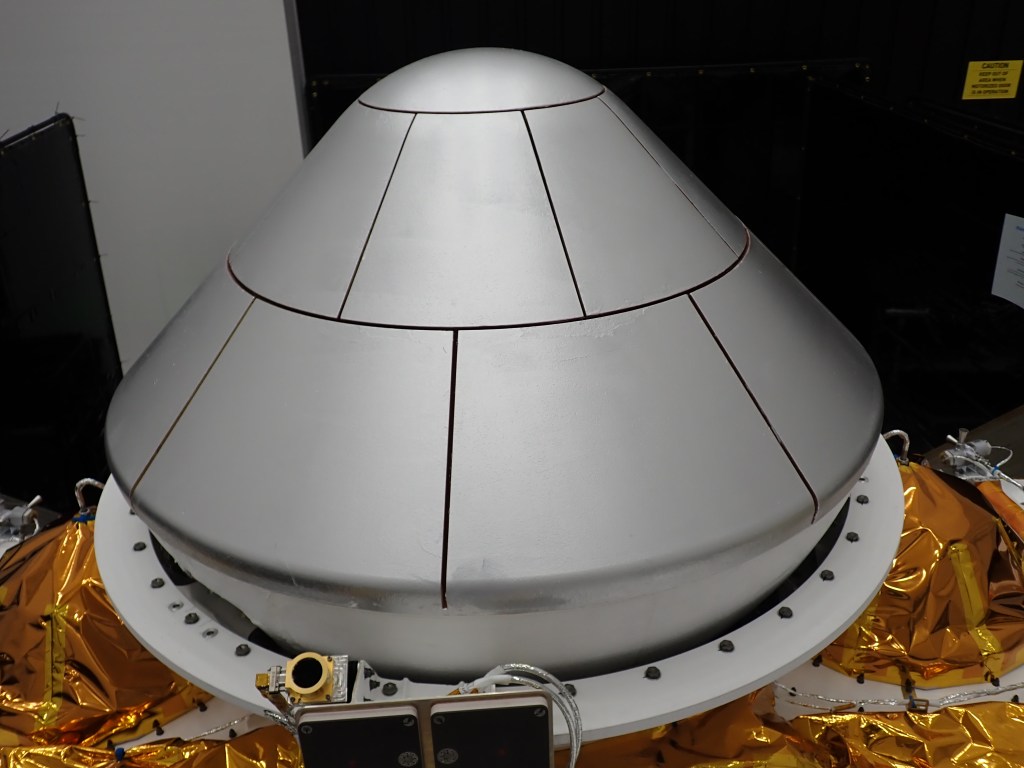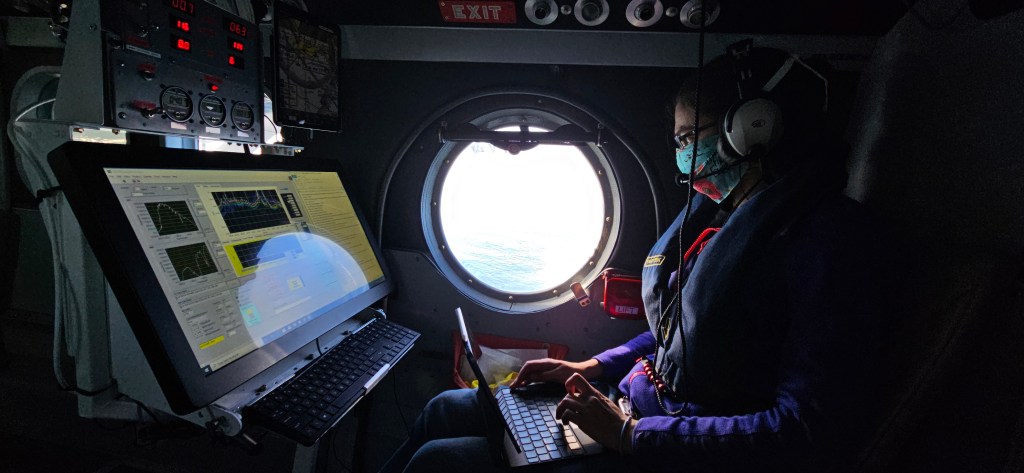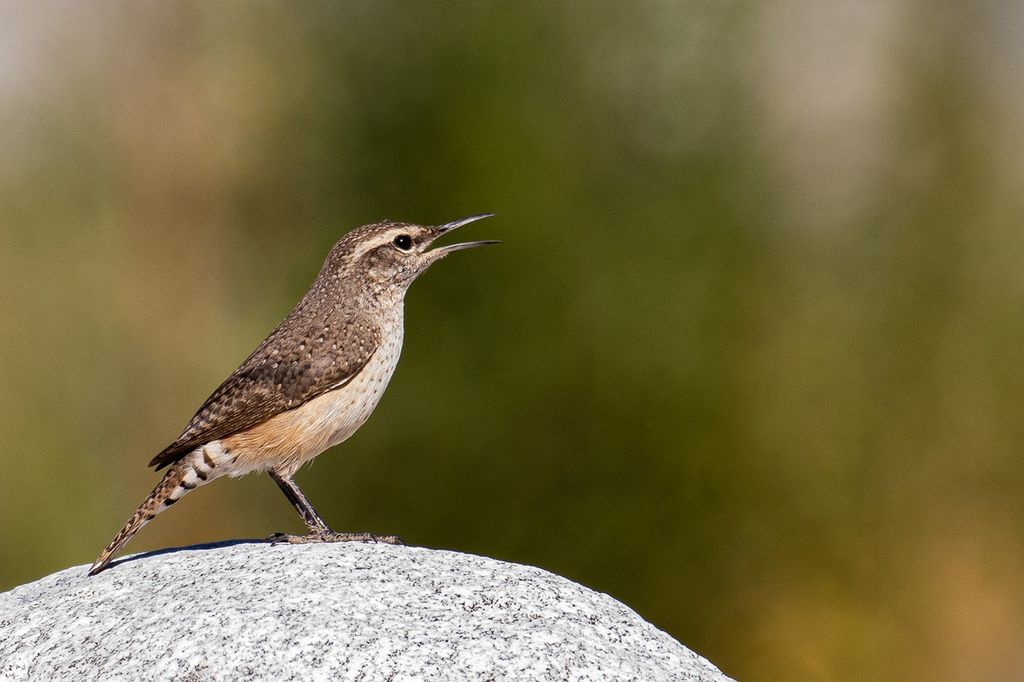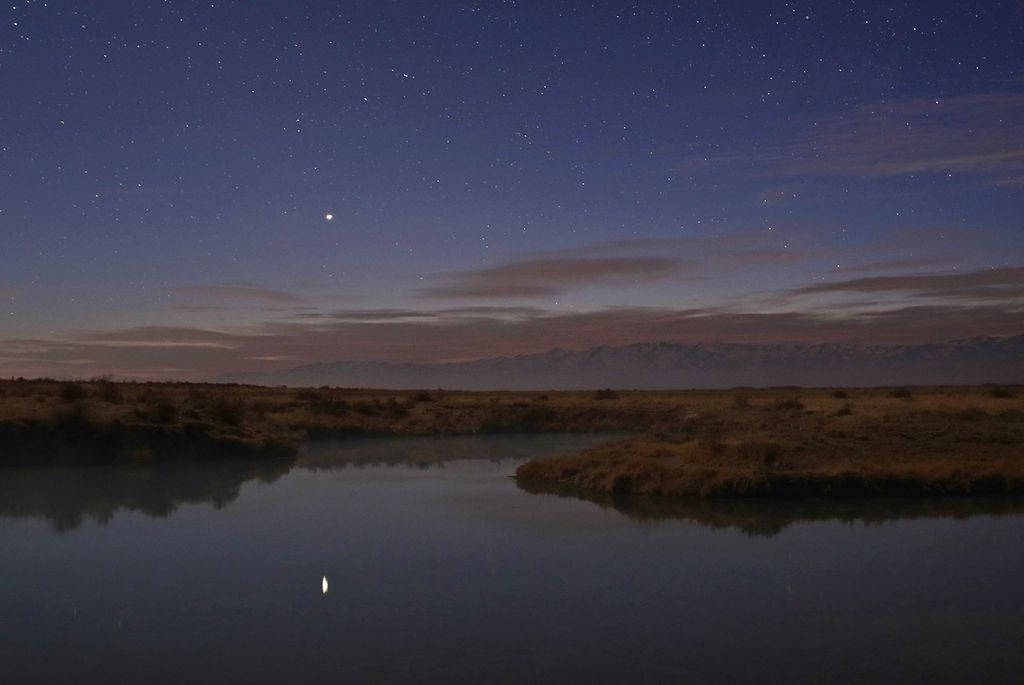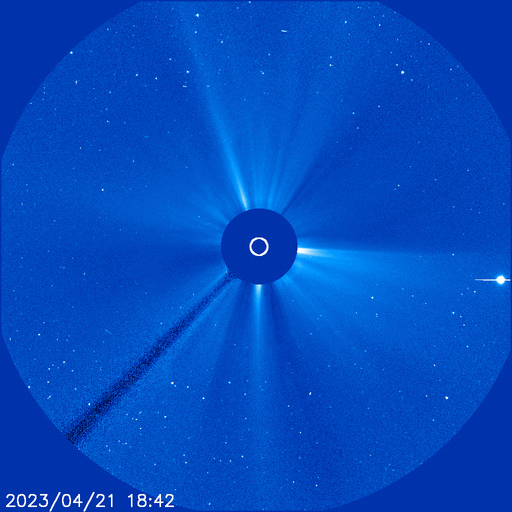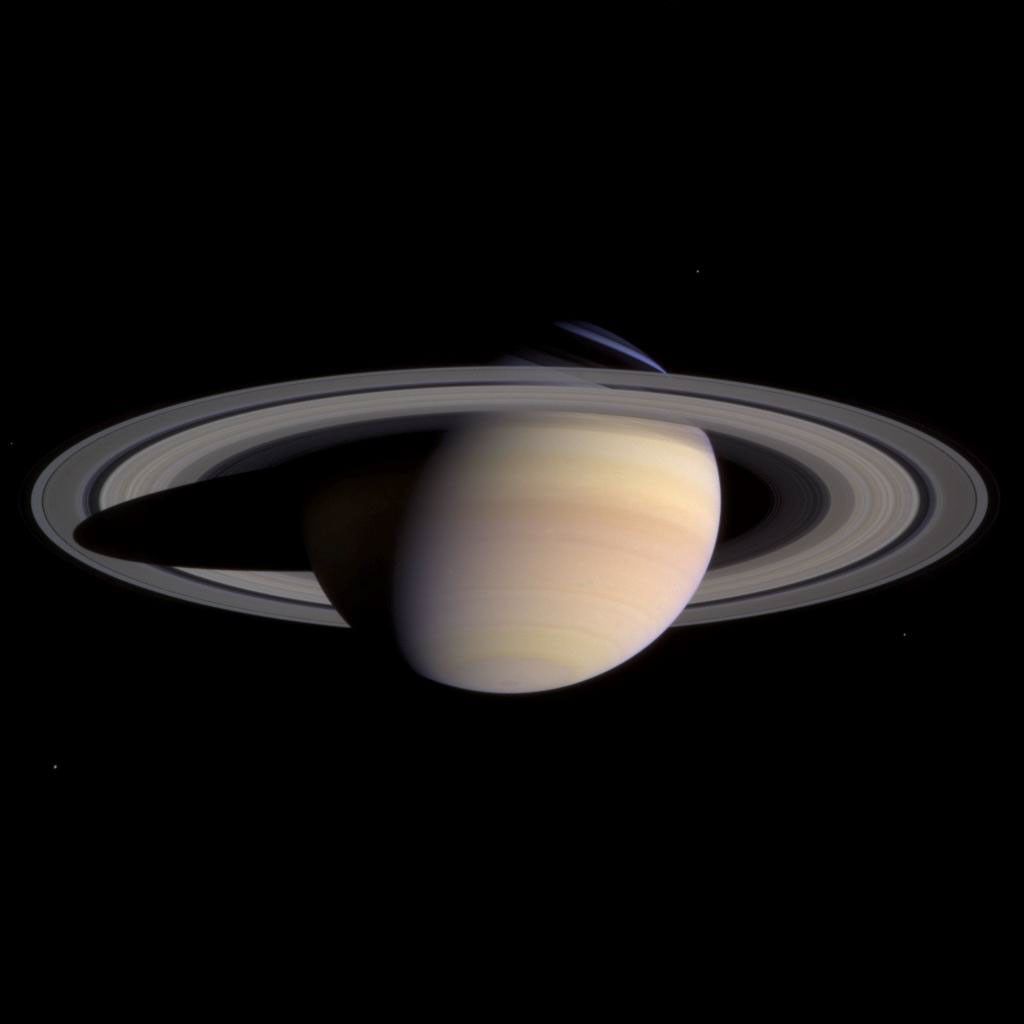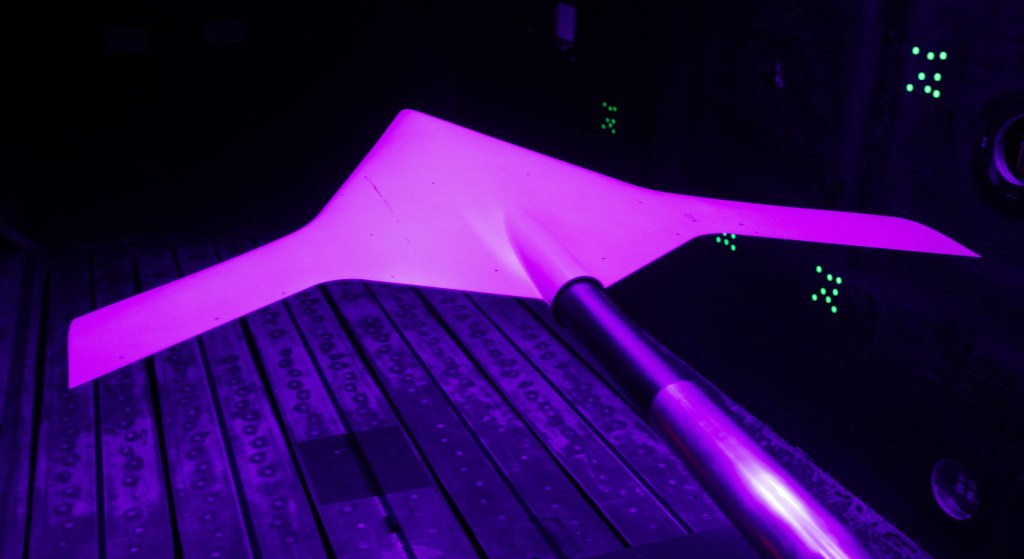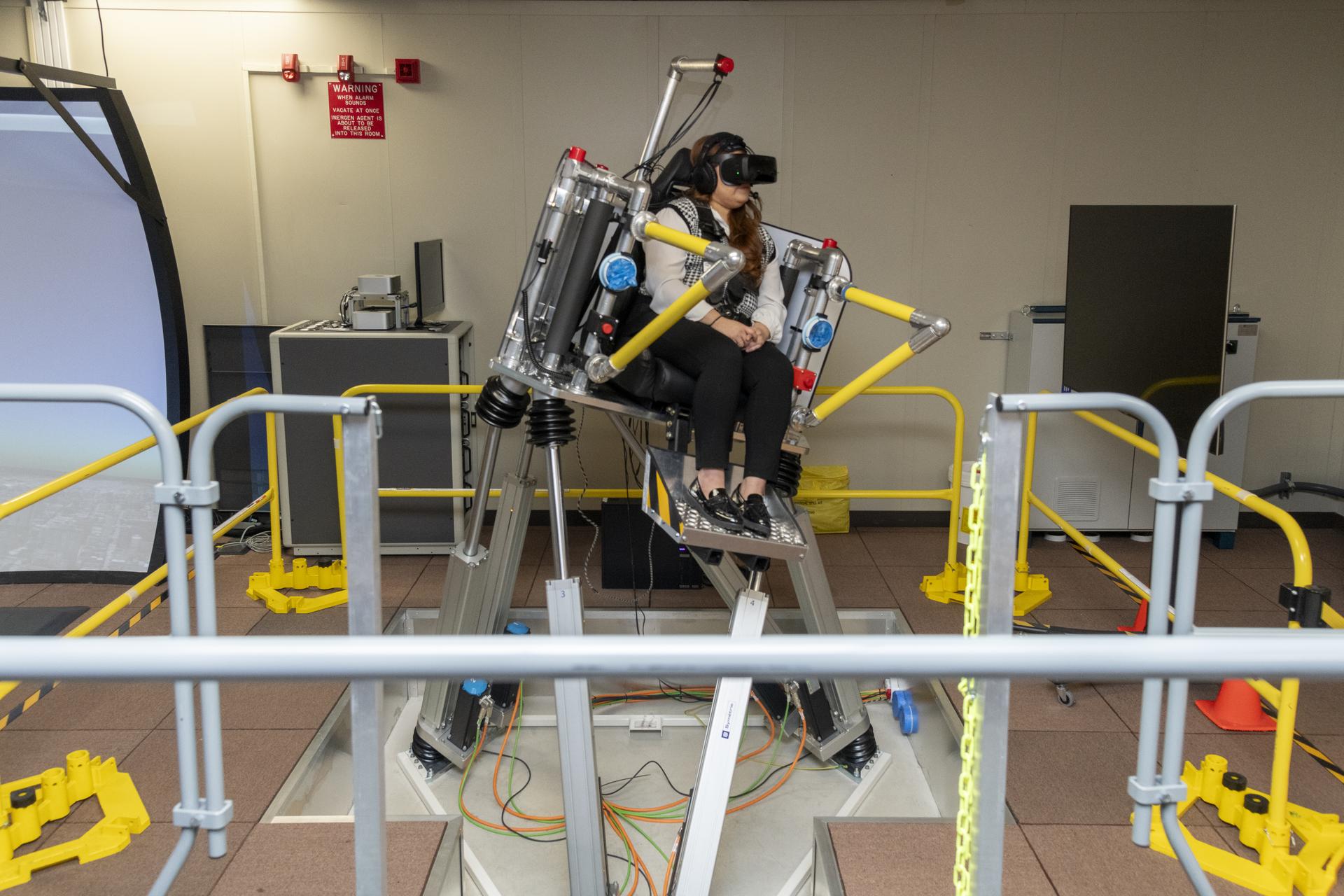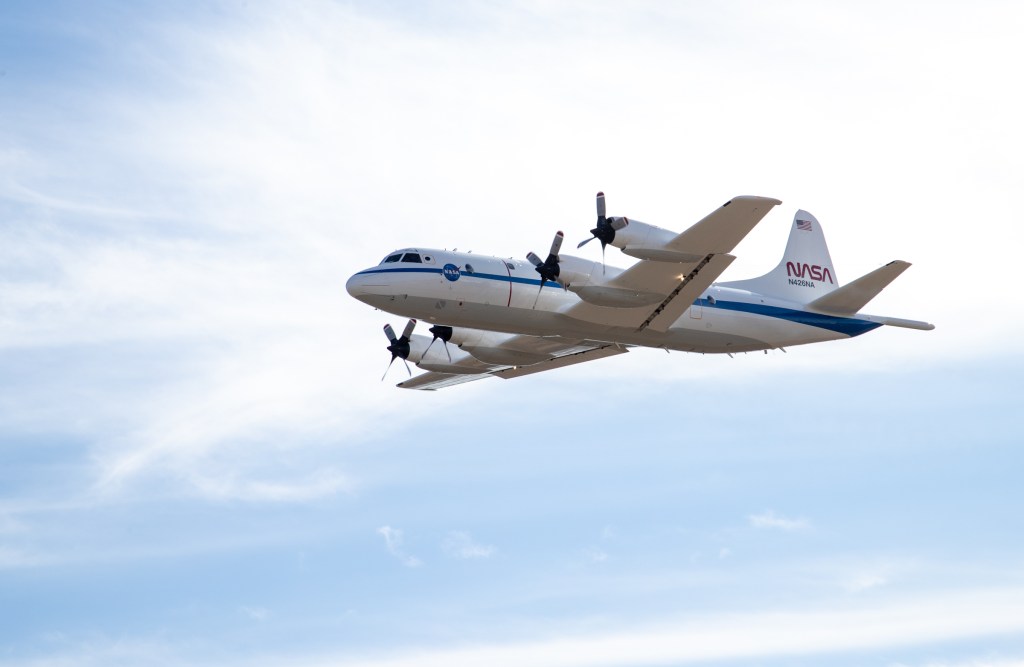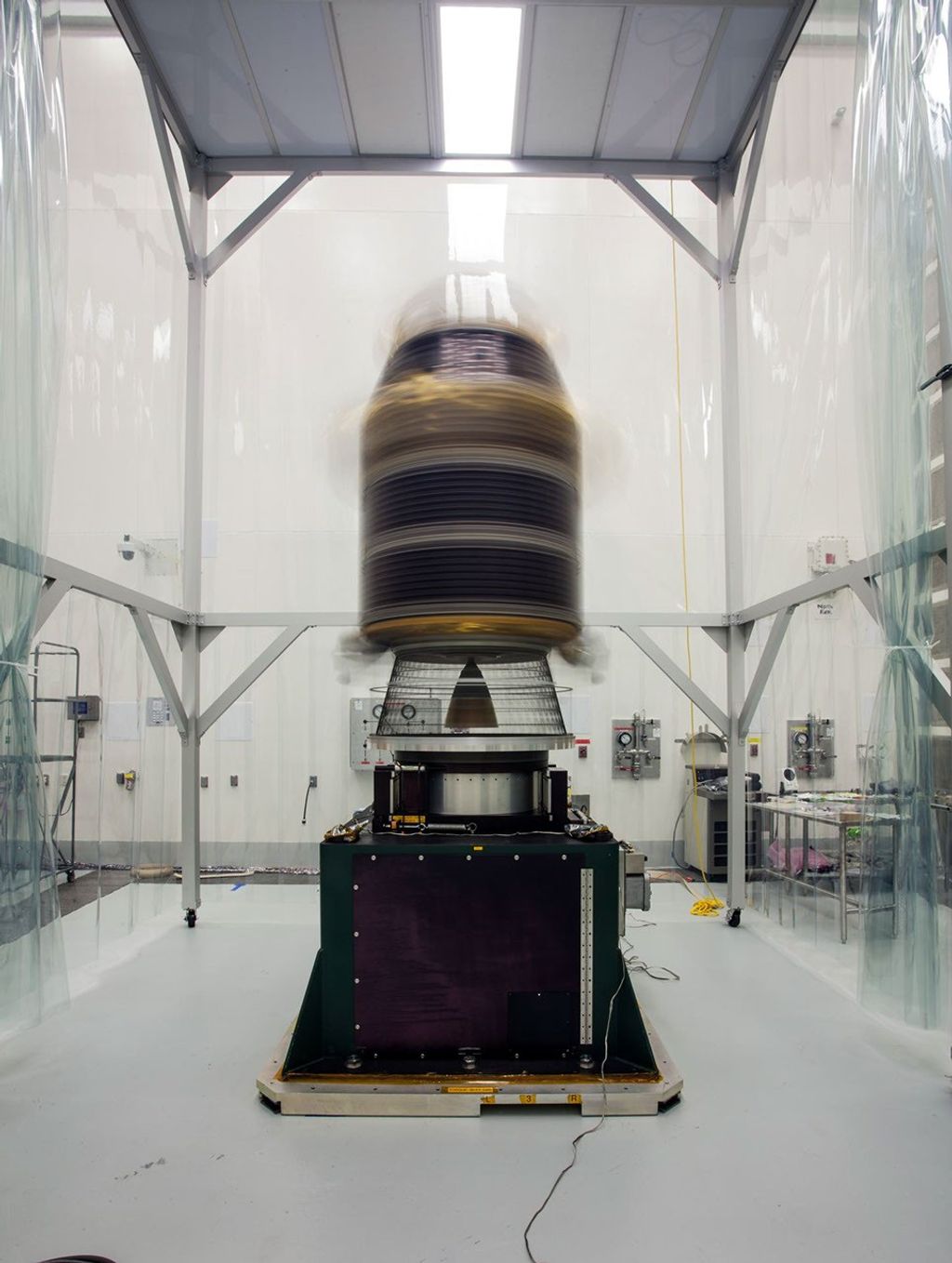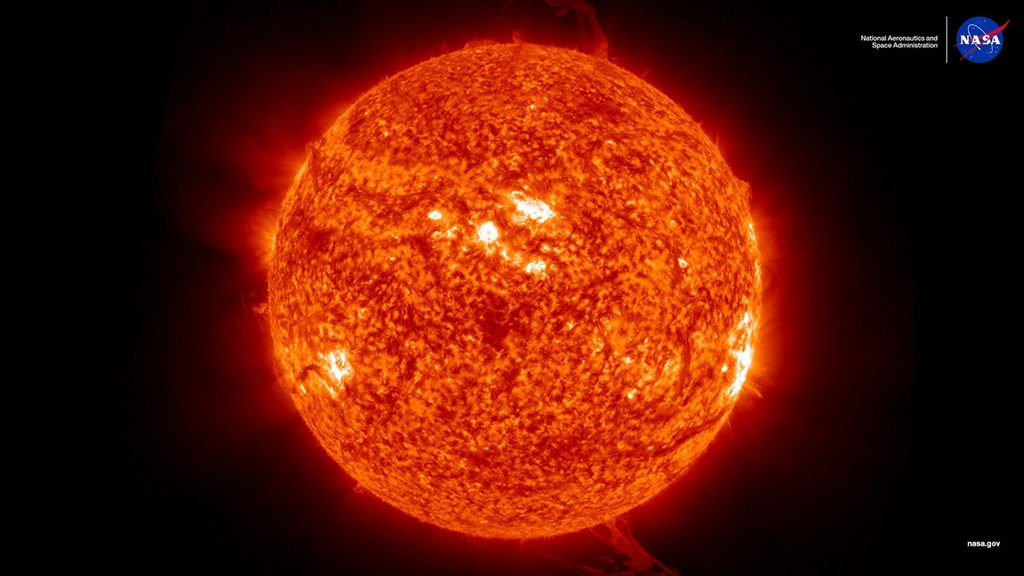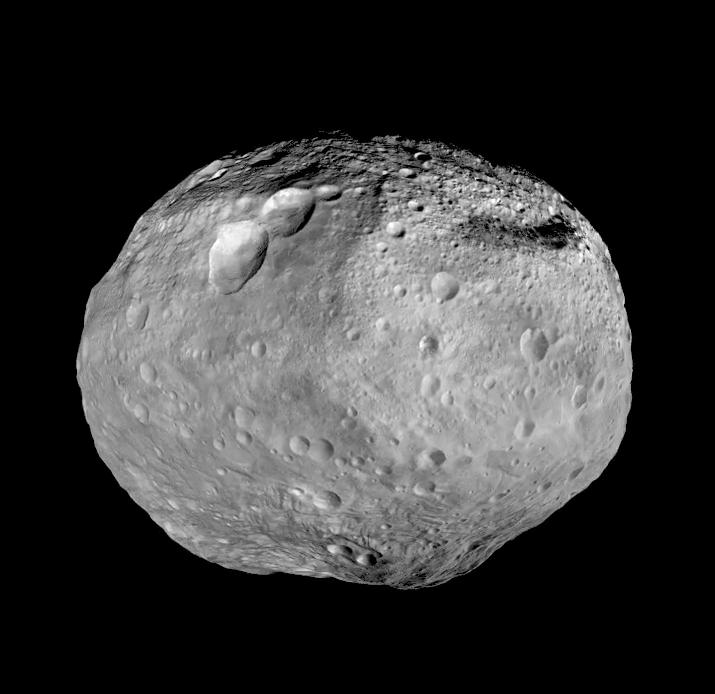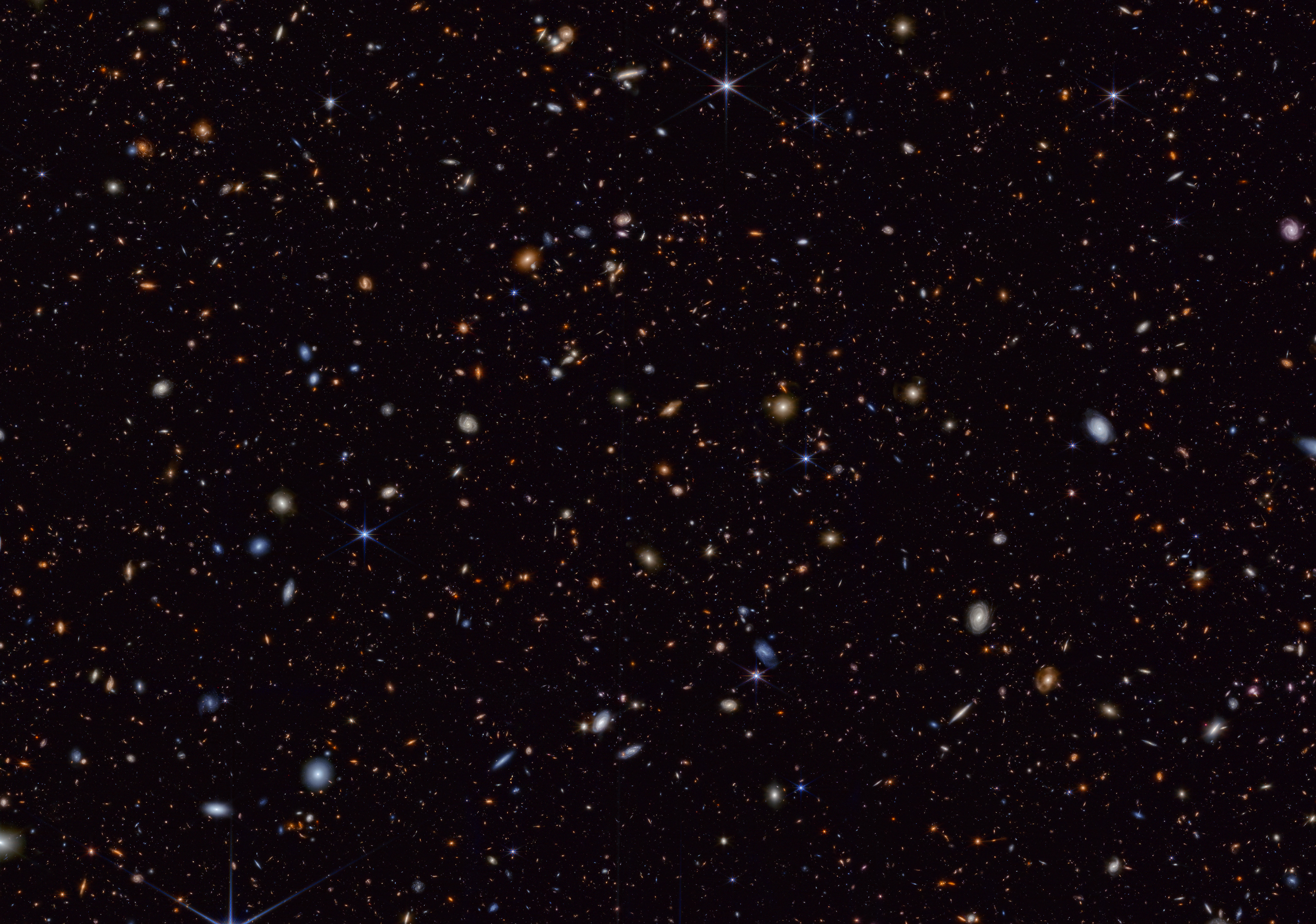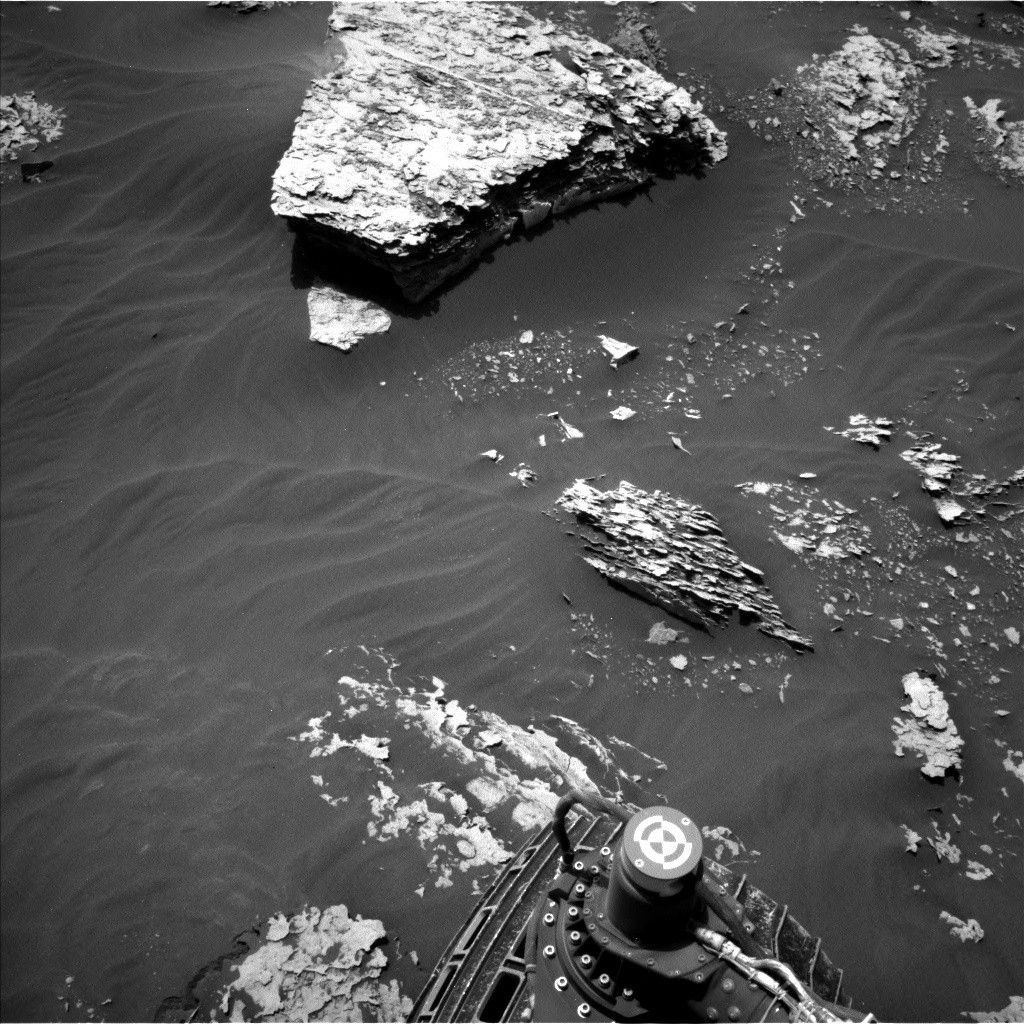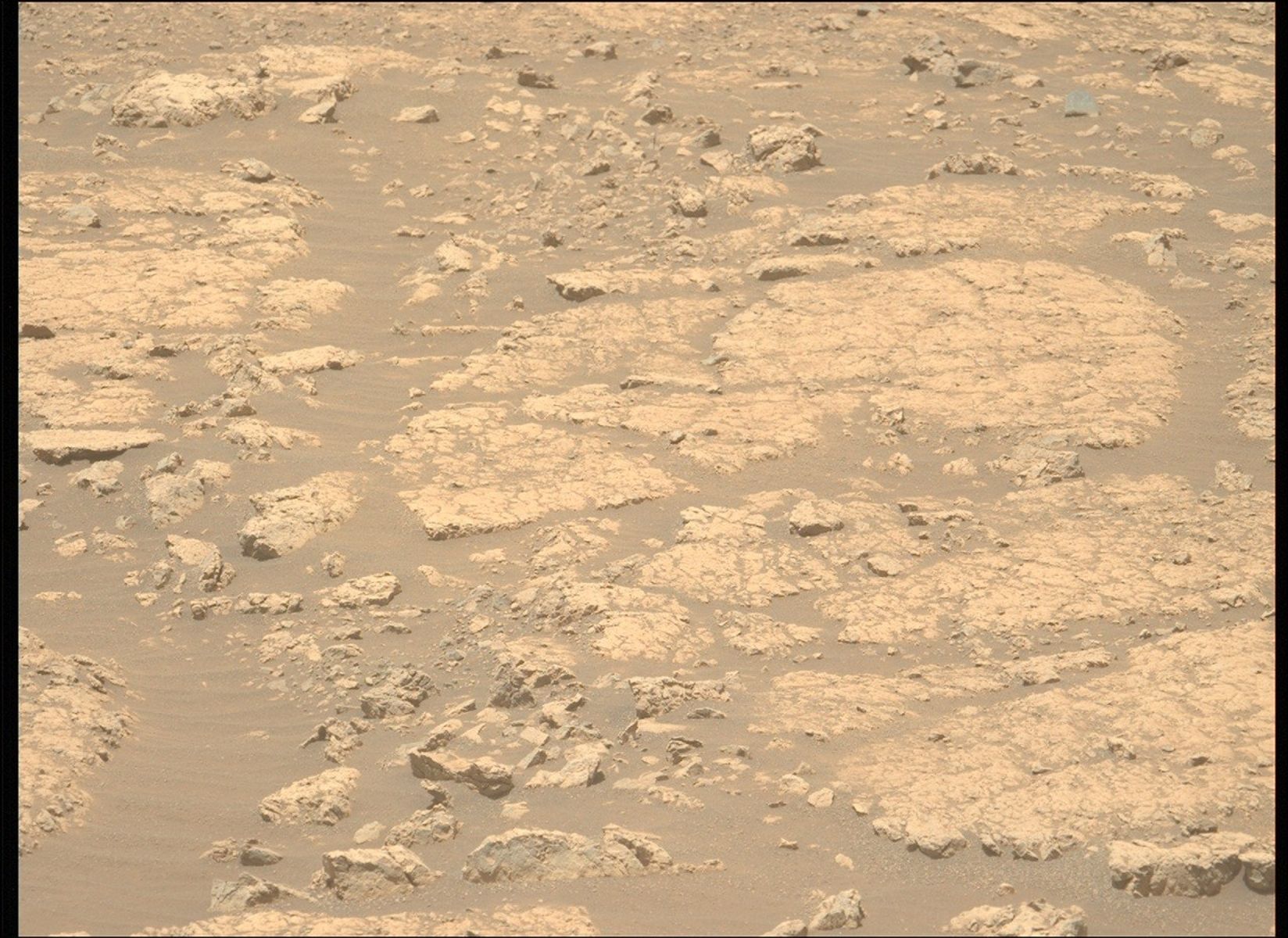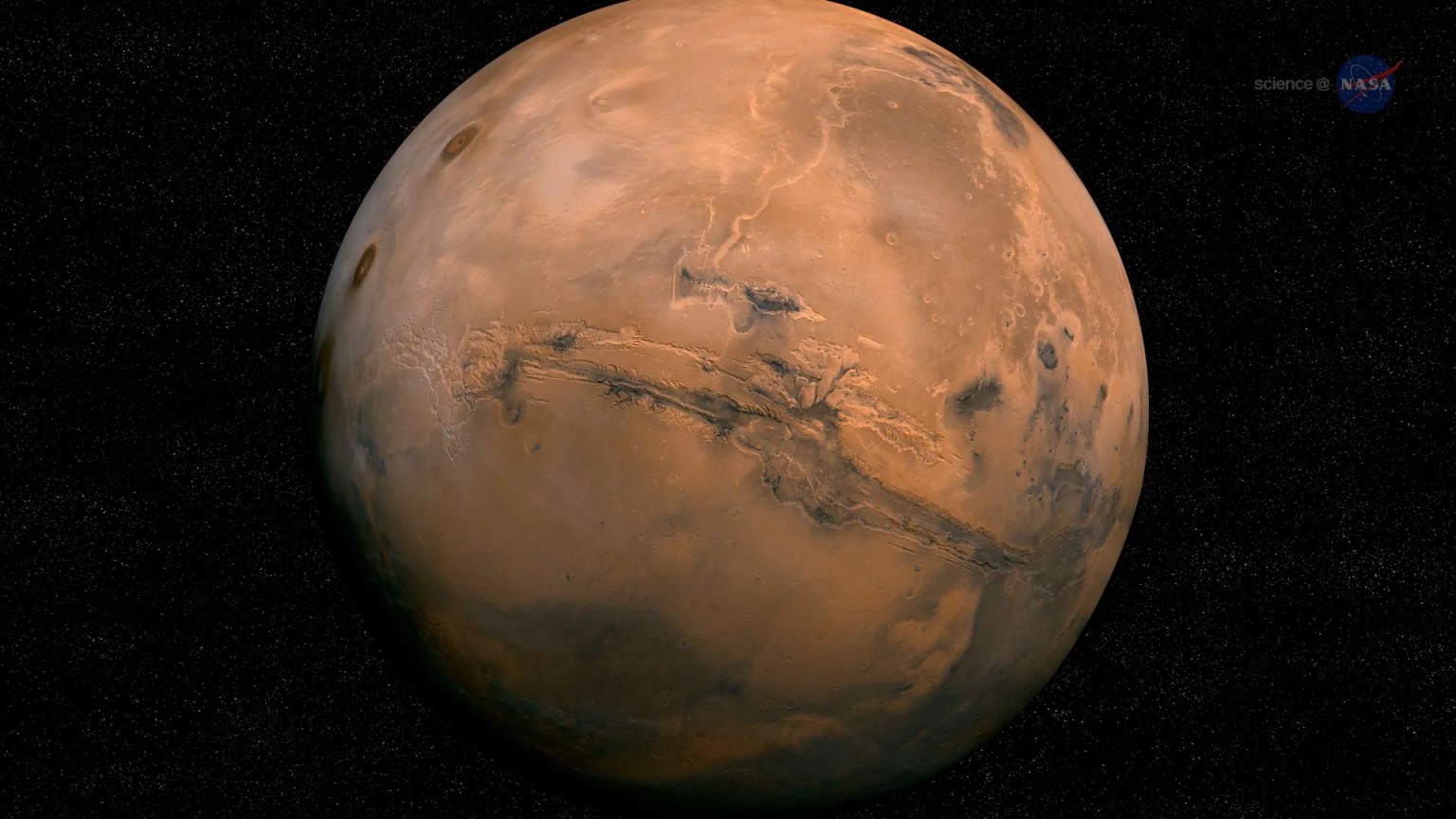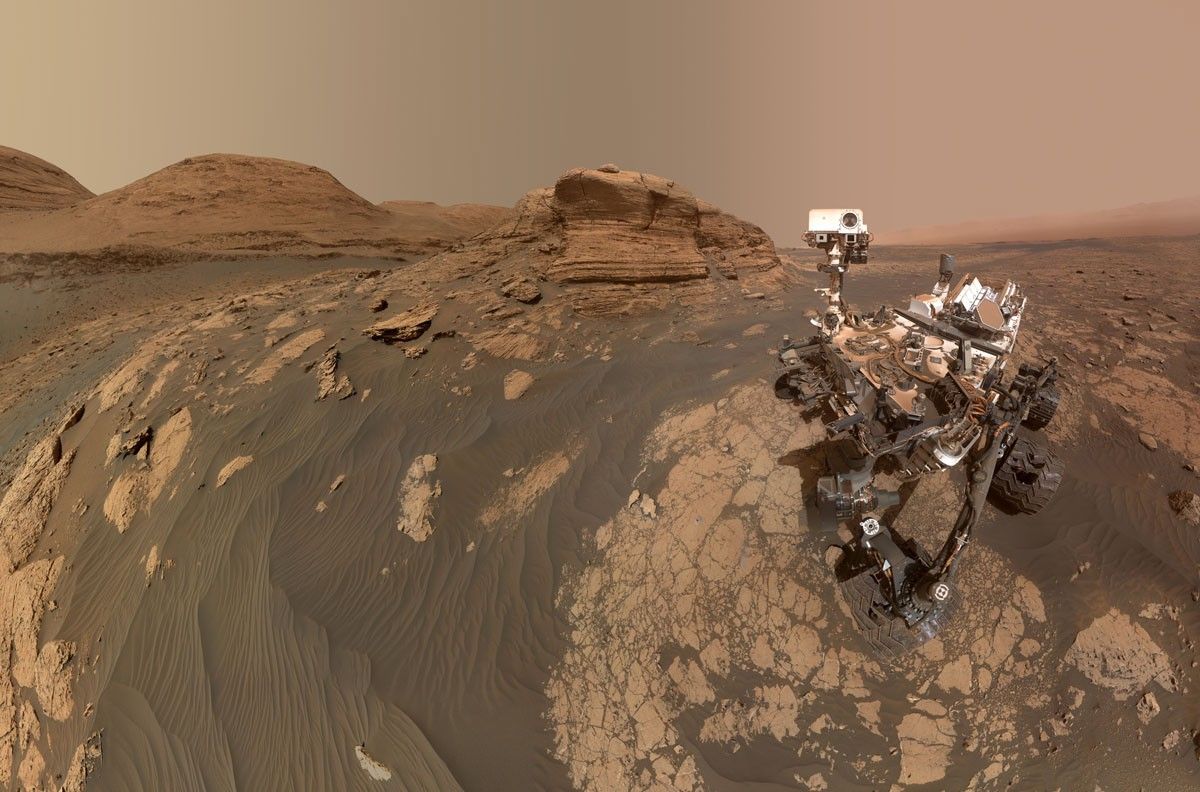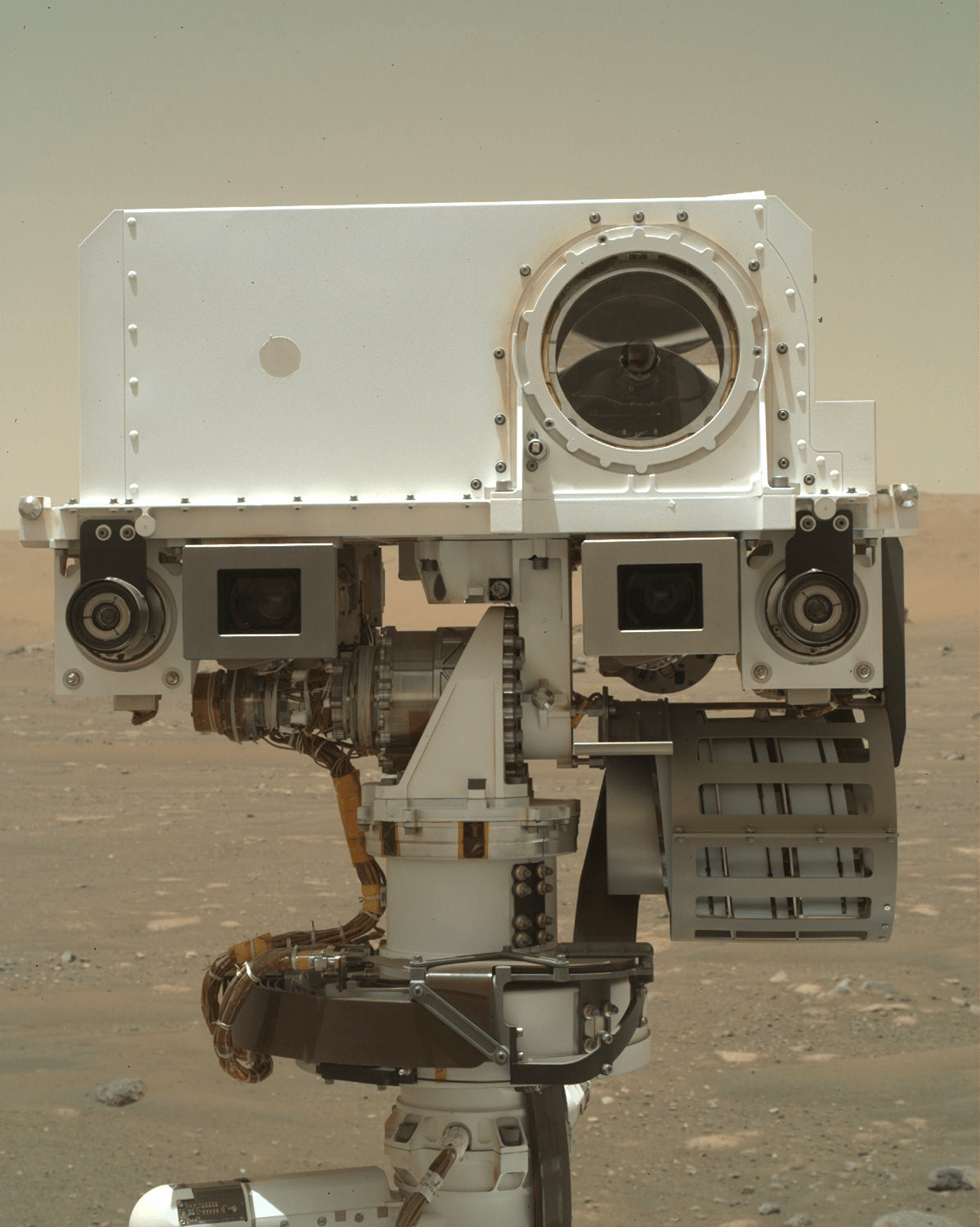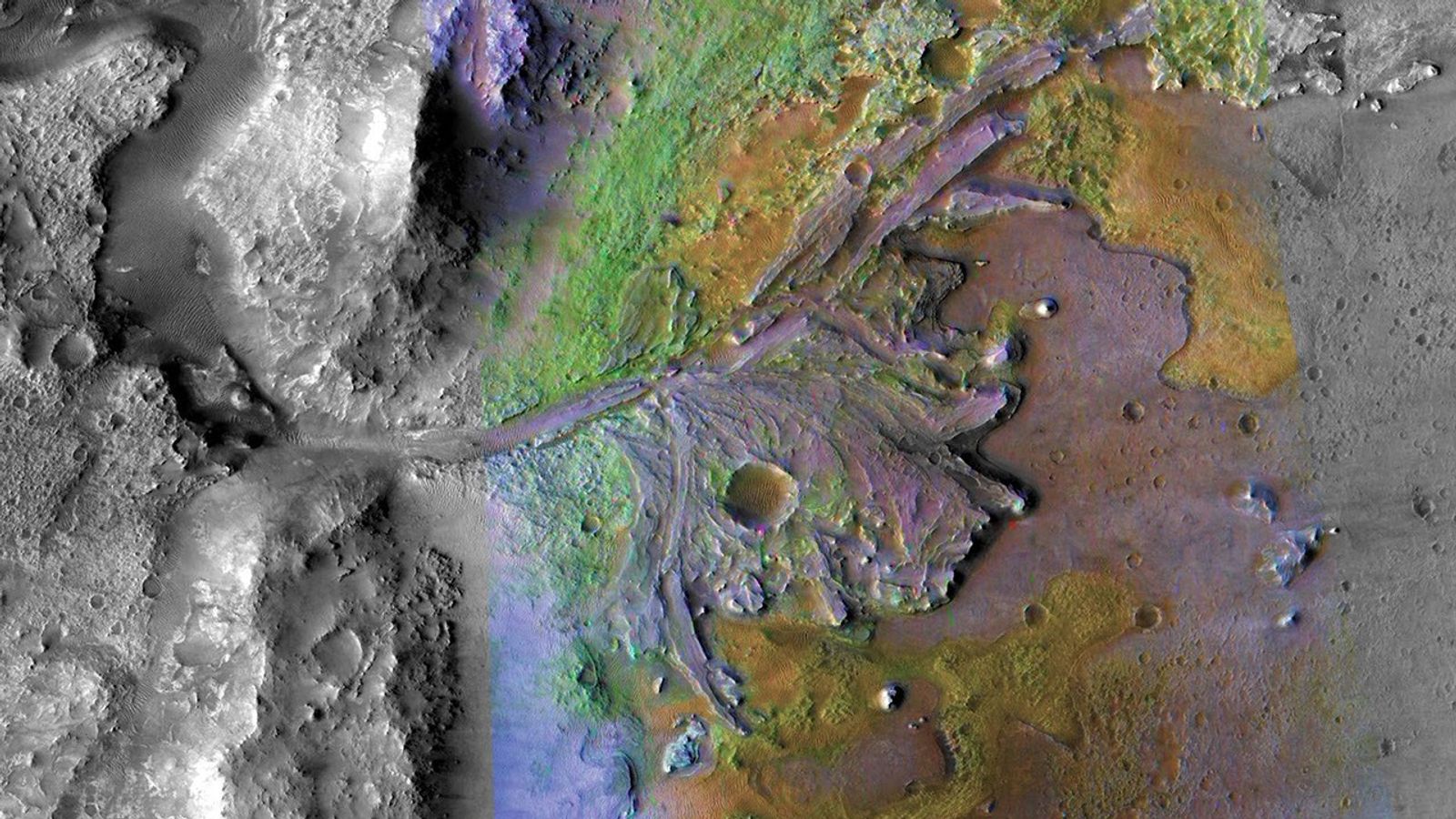A successful drive on Sol 2052 brought Curiosity within bumping distance of what will likely be our next intended drill target. The science team named this target "Duluth." Duluth is a beautifully exposed Murray formation block visible in the Navcam image above. From our current location, we have a really nice vantage point of both the top and sides of the Duluth block. Analyzing blocks that have this kind of 3-D expression gives us a great opportunity to assess the full architecture of the rock.
Today we planned Sol 2053, which includes a science block prior to our bump. In the science block, we'll acquire several ChemCam LIBS rasters on targets "Pine Mountain" and "Windigo," both of which are located on the Duluth block. We'll also take some Mastcam images of Duluth to document the ChemCam observations and to provide some additional context on the vertically exposed sides of the block.
ENV has a couple of observations in the plan as well, including DAN measurements and a dust devil survey with Navcam. After our bump, we'll take some post-drive images to set up for an exciting drilling campaign over the next several sols!
Written by Rachel Kronyak, Planetary Geologist at NASA's Jet Propulsion Laboratory

